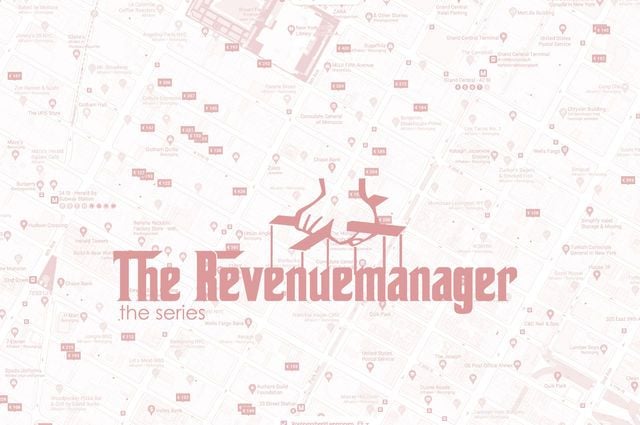Benchmarking: Moving beyond traditional comp sets and year over year comparison
15 experts shared their view
For years, revenue managers used historical data as a "compass" to navigate rates and inventory. Due to the pandemic, however, historical data lost much of their relevance, as 2020 and 2021 were statistical anomalies, to say the least. In this scenario, other information became more important, such as on-the-books reservations, pick-up, pace, and, of course, comp set. Some hotels have closed and consumer behavior has shifted.
The challenge,
however, is how to clearly identify the proper comp set
: is there only one or multiple competitors?
How should a hotel judge it's performance, when most of the traditional KPIs have become meaningless?
Where pre-Covid the hospitality industry was largely predictable with the same as always competitors on the block, similar guest booking behaviours and reliable feeder markets, today's environment is in stark contrast.
The market has been shaken up in every which way possible, led by a few drivers. Many old competitors closed their properties for months and some will never reopen, feeder markets will change from week to week - with city center hotels where business travelers used to be the staple clientele are now coveting leisure guests, and vacation rental platforms such as AirBnB and Vrbo have now become a bona fide competitor to hotels, after having been exposed to a much wider audience during the pandemic.
All this means that hotels must up their game - by selecting the most relevant comp set if they want to gain a competitive advantage.
Be clear on who is in each comp set
Firstly - don't have one comp set. Hotels need to benchmark themselves against multiple comp sets - those who fall into a lower category that they would place themselves, those who are on par with little to distinguish themselves, those competing on verticals such as business or leisure markets, even seasonal differences and non-direct competitors such as restaurants and other venues.
Hotels must make time to map these differing competitors out so that they have a clear idea of who they are up against to effectively benchmark them against key price value matrix indicators such as price, ratings, reviews, visibility, cancellations, and production.
How is the benchmarking done?
Broadly speaking there are two ways to benchmark. Firstly, data where hotels opt-in to platforms such as STR, TravelClick and HotStats and share performance information to enable an average comp set benchmark to be generated. Secondly, competitive intelligence / rate shopping platforms where insights are scraped from OTA websites. Both provide useful data, but in order to be effective hotels need to be clear on how and why they are using the data.
Another valuable source of information
Where OTA data really comes into its own is if hotels can access the OTAs' extranets. At Fornova, we have found many of our clients have benefited from this hugely underutilised source of information which provides a window into conversion rates, whether the room was bought as part of a package deal, the average booking window, lengths or stay and source countries.
As the recovery from the pandemic takes hold, having a competitive intelligence tool or rate shopper that can easily change and track rate from any location, or guest country of origin a.k.a. point of sale, is crucial to tracking your comp set in critical feeder markets.



